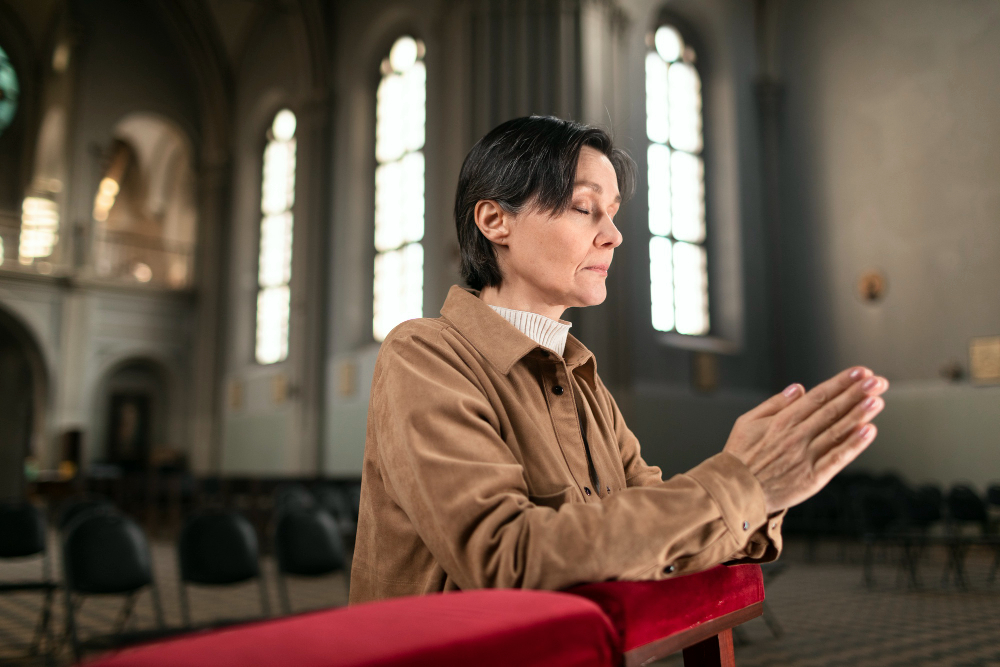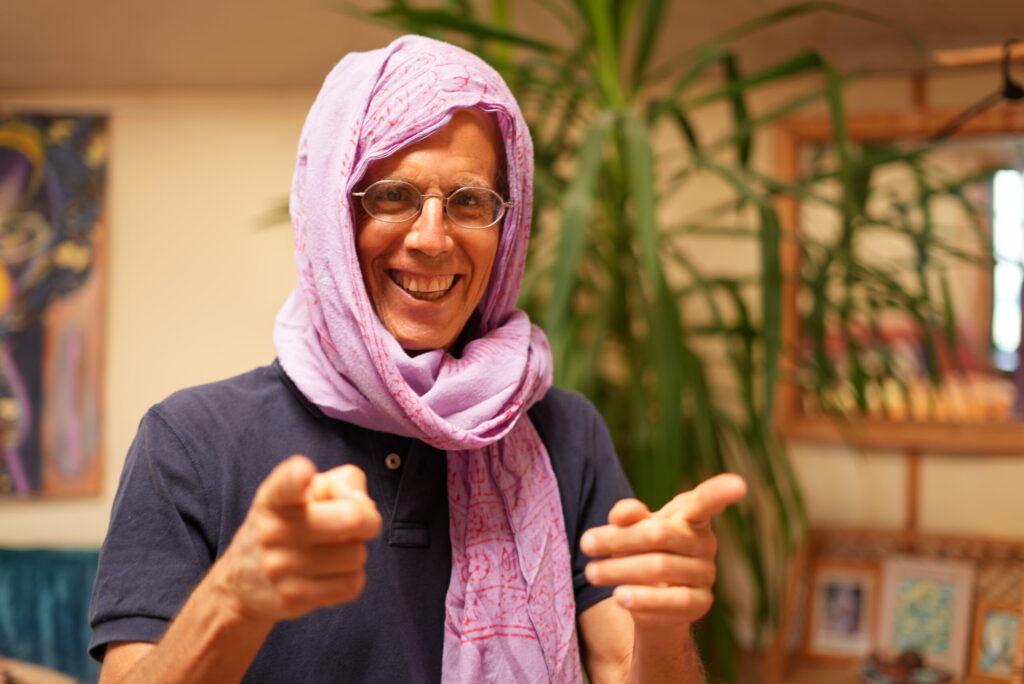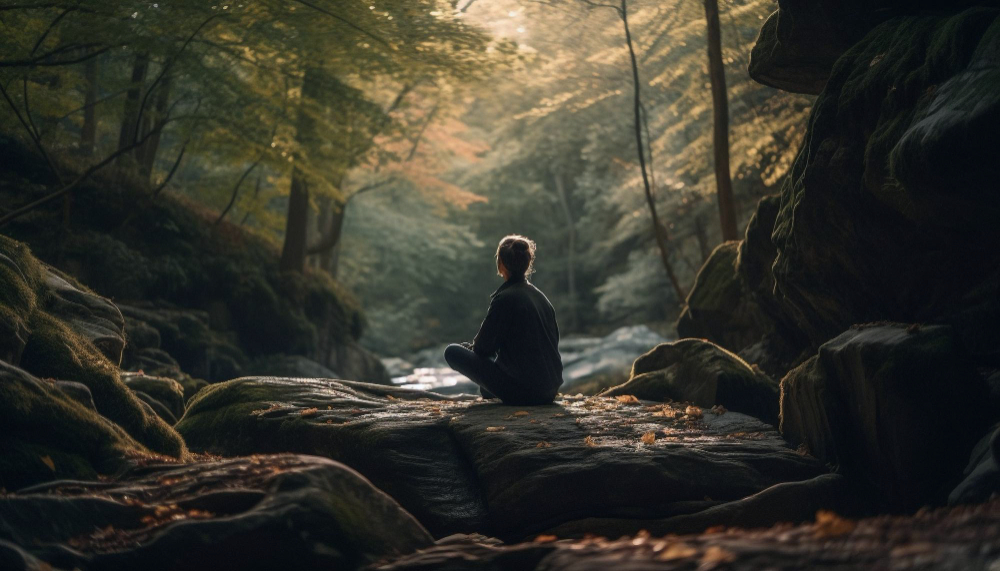Intro
Spirituality isn’t one-size-fits-all. It’s a deeply personal journey—sometimes quiet, sometimes bold—shaped by our beliefs, experiences, and the way we connect to something greater than ourselves. Whether you find your center in a candlelit room during meditation, in the rhythm of yoga, or the pages of sacred texts, spirituality gives us tools to navigate life with more clarity, compassion, and meaning.
In this guide, we’ll explore different kinds of spirituality from around the world, how they show up in daily life, and why it’s perfectly okay for your path to look different from anyone else’s.
What Do We Mean by “Types of Spirituality”?

Think of spirituality like music—there are endless genres, but they all aim to stir something deep inside you. The “type” simply reflects the way you tune into the divine, the universe, your inner self, or however you define the source of your connection.
Some people anchor their spirituality in long-standing traditions like Buddhism or Christianity. Others blend practices, creating a personal mosaic that might include yoga, mysticism, and daily prayer.
Exploring Different Paths of Spirituality
1. Buddhism
At its heart, Buddhism is about awakening—learning to see life as it truly is, without clinging or resistance. Its tools are mindfulness, meditation, and compassion for all beings. You don’t have to be a monk to walk this path; simply noticing your breath during a stressful moment is a form of Buddhist practice.
2. Authoritarian Spirituality
This is a more structured form of spirituality, where rules, rituals, and moral codes are central. For some, this creates a sense of safety and belonging; for others, it feels restrictive. The key is to know whether this structure supports your growth or stifles it.
3. Meditation-Based Spirituality
Meditation isn’t just sitting cross-legged in silence—it’s any practice that trains the mind to be still and aware. Whether guided, mantra-based, or rooted in mindfulness, meditation-centered spirituality invites you to meet yourself in the quiet.
4. Yoga as Spirituality
Beyond the poses, yoga is about union—connecting body, mind, and spirit. Many discover that what starts as a physical practice becomes a doorway to deeper self-awareness and inner peace.
5. Christianity
Centered on the teachings of Jesus Christ, Christianity offers a path of faith, love, and service. Practices like prayer, reading scripture, and gathering in community foster connection to God and to each other.
6. Hinduism
One of the oldest living traditions, Hinduism offers many spiritual paths, from devotion (bhakti) to wisdom (jnana) to disciplined action (karma). It’s a rich tapestry of deities, stories, and practices that honor the divine in all forms.
7. Islam
Islam centers on submission to God (Allah) through the Five Pillars—faith, prayer, charity, fasting, and pilgrimage. Spiritual life here is woven into daily rhythms, creating a sense of constancy and devotion.
8. Mysticism
Mysticism is less about following rules and more about the direct experience of the divine. Mystics in every tradition—Sufi poets, Christian saints, Zen masters—share a common desire: to dissolve the distance between themselves and the sacred.
9. Prayer as a Spiritual Path
Prayer is a conversation—sometimes whispered, silent, sometimes sung. Whether you pray to God, the universe, or simply to your own higher self, it’s about creating a channel for connection and reflection.
10. Sufism
Often called the mystical branch of Islam, Sufism uses poetry, music, dance, and meditation to cultivate divine love and unity. It’s deeply experiential, seeking God not only in mosques but in the very fabric of daily life.
11. Taoism
Rooted in Chinese philosophy, Taoism teaches harmony with the Tao—the natural flow of the universe. This can mean living simply, practicing tai chi, or spending more time in nature to align yourself with life’s rhythms.
12. Abrahamic Religions
Judaism, Christianity, and Islam share a lineage and many spiritual values: compassion, justice, and reverence for the divine. While distinct in practice, they reflect humanity’s shared longing for meaning.
13. Jainism
A path of extreme non-violence and respect for all life, Jainism emphasizes ethical living, meditation, and liberation from the cycle of rebirth.
14. New Age Spirituality
A modern, eclectic mix of practices—energy healing, astrology, crystal work, channeling—that draws from many traditions. It’s fluid, personal, and often centered on self-discovery and energetic balance.
15. Spiritualism
Focused on communication with spirits and the afterlife, Spiritualism emerged in the 19th century but still resonates with those who seek a bridge between worlds.
Why This Matters for Your Journey

The beauty of having so many paths is that you don’t have to force yourself into one mold. Maybe you meditate like a Buddhist, pray like a Christian, and find nature’s wisdom like a Taoist. That’s not “confused”—it’s deeply human.
Tools like the Mastering Energy Reading Book can help you notice how each practice affects your mind, body, and spirit. You might find that certain types of spirituality recharge you, while others feel heavy or out of alignment. Awareness is the first step in choosing consciously.
FAQ: Understanding Spiritual Types in Real Life

What are the 12 powers of spirituality?
Think of them as your inner toolkit—qualities like faith, love, wisdom, imagination, strength, and willpower. Different traditions name them differently, but they’re all about helping you live with more awareness and purpose.
What are the 12 levels of spirituality?
This idea comes from frameworks that describe growth stages—from basic awareness to deep unity with the divine. Don’t worry about “climbing the ladder”; what matters is genuine connection, not speed.
What are the 4 spiritual types?
Some say they’re: mystic (seeks union), devotional (seeks love), intellectual (seeks truth), and service-oriented (seeks to help). You might find yourself in more than one category.
What are the 5 spiritual levels?
These often include physical, emotional, mental, intuitive, and soul/spirit levels—layers of your being you can nourish through practice.
What is the highest form of spirituality?
Many would say it’s living in unconditional love and compassion—being fully present and in harmony with all life.
What are the 12 spiritual practices?
They can include meditation, prayer, fasting, service, study, chanting, journaling, contemplation, gratitude, breathwork, pilgrimage, and rituals.
What are the 7 levels of the soul?
A concept found in Kabbalah and other traditions, often describing stages from the basic life-force to divine union.
What are the 3 C’s of spirituality?
Connection, compassion, and clarity—a simple guide to staying aligned.
What is the highest rank in spirituality?
If there is one, it’s not a title or a robe—it’s a state of being where ego falls away and we become one with all there is, and love leads.

Final Thoughts
Spirituality is a vast landscape, rich with paths that speak to different hearts—whether that’s meditation, prayer, mysticism, or ancient traditions like Taoism and Hinduism. You don’t have to choose just one route; your journey can be a unique blend that shifts and grows with you.
The important thing is to notice which practices truly nourish you and help you feel aligned with your deepest self. For deeper insight, Mastering Energy Reading is an excellent guide to understanding how different spiritual practices influence your energy and well-being.
And if you’d like personal guidance on your path, you can book a private session with Yair here: Book with Yair.
No matter where you are in your spiritual journey, remember—it’s not about reaching a final destination. It’s about walking the path with openness, curiosity, and heart.
Subscribe
If this guide sparked something in you, we invite you to stay close. Subscribe to our newsletter for more insights, guided practices, and upcoming events that support your energy awareness and spiritual growth.
If you’d like to support us, please subscribe to our YouTube channel, buy me a coffee, or join our Aura Community.


